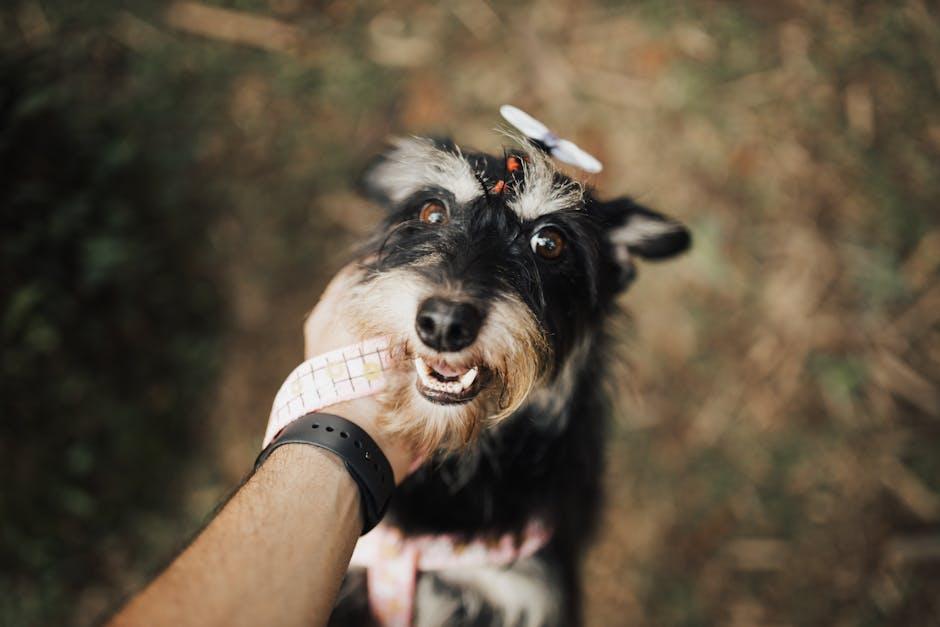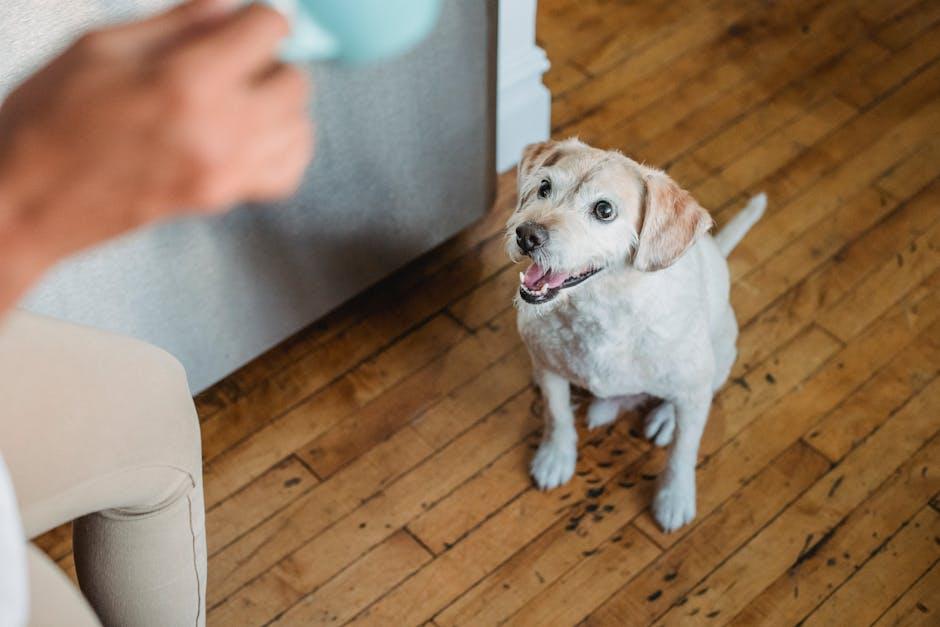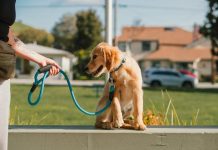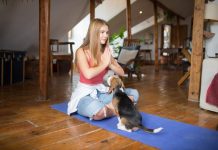Welcoming a new puppy into your home is an exciting and joyful experience, filled with the promise of unconditional love and playful companionship. However, it also comes with the responsibility of guiding your furry friend through the crucial early stages of development. This year, puppy training techniques have evolved, embracing more effective and compassionate methods that cater to the diverse needs of both puppies and their owners. In this article, we will explore the best training techniques of the year, offering you a warm and supportive guide to nurturing a well-behaved and happy puppy. Whether you are a first-time pet parent or a seasoned dog owner, these innovative strategies will help you build a strong, trusting bond with your new canine companion, ensuring a harmonious and joyful life together.
Mastering Basic Commands: Laying the Foundation for a Well-Behaved Pup
Training your puppy with basic commands is the cornerstone of nurturing a well-behaved and happy dog. Start with the essentials like “sit,” “stay,” and “come.” These commands not only help in managing your pup’s behavior but also enhance their safety in various situations. Consistency is key; ensure every family member uses the same words and gestures. This uniformity helps your pup understand and follow commands more effectively.
When teaching these commands, positive reinforcement works wonders. Dogs respond well to rewards, so have a stash of treats ready. Celebrate every success with enthusiastic praise and an occasional treat. Avoid harsh reprimands as they can create fear and confusion. Instead, focus on encouragement and patience, making the learning process a positive experience for your pup.
- Sit: Hold a treat close to your puppy’s nose, move your hand up, allowing their head to follow the treat, causing their bottom to lower.
- Stay: Ask your puppy to sit, then open your palm in front of you and say “stay.” Take a few steps back and reward them if they stay.
- Come: Get down to their level and gently pull on their leash while saying “come.” Reward them with treats and affection upon arrival.
These basic commands lay a solid foundation for further training and help in building a strong bond with your furry friend. Remember, every pup learns at their own pace, so keep the training sessions short, engaging, and fun.

Positive Reinforcement: Encouraging Good Behavior with Love and Treats
When it comes to training your new furry friend, positive reinforcement can work wonders. It’s all about rewarding your puppy for good behavior rather than punishing them for mistakes. This method not only builds a stronger bond between you and your pup but also makes learning a fun experience. Here’s how you can incorporate love and treats into your training sessions:
- Use Treats Wisely: Choose small, healthy treats that your puppy loves. Use them to reward your pup immediately after they perform the desired behavior. Consistency is key, so ensure the treat is given right after the good behavior to reinforce the connection.
- Verbal Praise: Sometimes, a warm, enthusiastic “Good job!” can be as effective as a treat. Your puppy craves your approval, so be generous with your words of encouragement. Combine verbal praise with petting or a gentle pat to make it even more rewarding.
- Timing is Everything: Reward your puppy during the behavior or immediately after to ensure they understand what action is being rewarded. Delayed rewards can confuse your pup, making it harder for them to associate the treat with the behavior.
By using positive reinforcement, you encourage a joyful learning environment where your puppy feels loved and motivated. This method not only fosters good behavior but also strengthens your relationship, creating a foundation of trust and happiness. Remember, patience and consistency are your best allies in this journey!

Socialization Success: Helping Your Puppy Thrive in New Environments
Creating a well-adjusted puppy starts with introducing them to various environments, people, and other animals. Socialization is a critical phase in your puppy’s development, and doing it right ensures they grow into confident and friendly dogs. Here are some key techniques to make the process enjoyable and effective for both you and your furry friend:
- Start Early and Gradually: Begin socializing your puppy as early as possible, ideally between 3 to 14 weeks old. Introduce new experiences slowly and ensure each encounter is positive. Gradual exposure helps your puppy adapt without feeling overwhelmed.
- Diverse Experiences: Expose your puppy to different environments such as parks, streets, and pet-friendly stores. Allow them to hear various sounds like traffic, children playing, or the hum of household appliances. This diversity helps them become adaptable and resilient.
- Positive Reinforcement: Use treats and praise to reinforce calm and curious behavior in new situations. Rewarding your puppy when they exhibit the desired behavior encourages them to associate new experiences with positive outcomes.
Remember, patience and consistency are your best allies. By carefully planning socialization activities and ensuring each experience is positive, you’re laying a foundation for a happy, well-mannered companion who thrives in all environments.
















